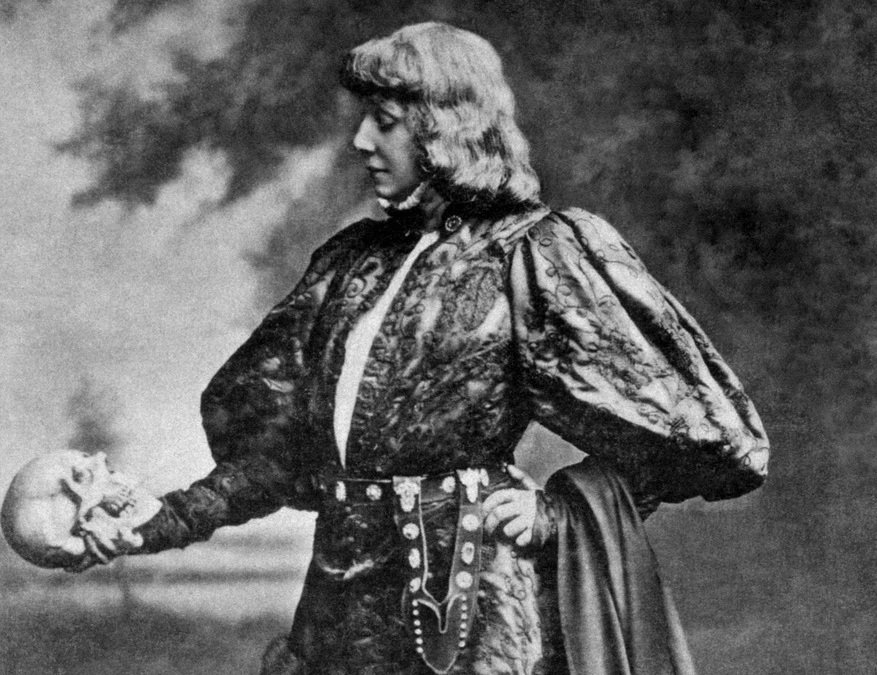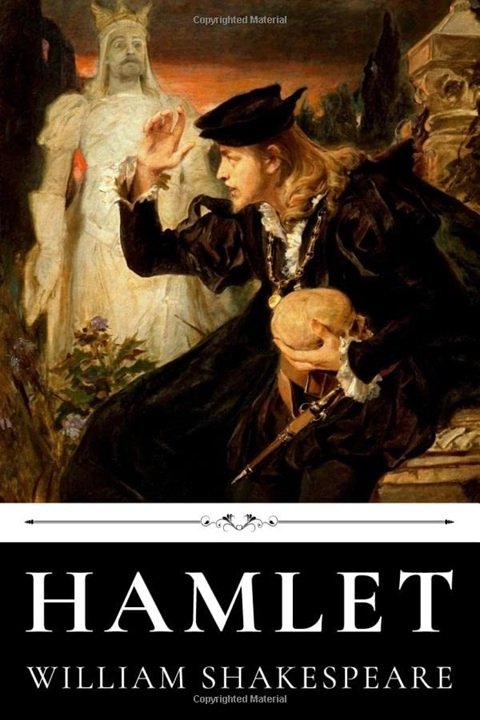Your cart is currently empty!
William Shakespeare’s Hamlet is a timeless tragedy of revenge, betrayal, and moral conflict. The play follows Prince Hamlet as he struggles with grief, vengeance, and the weight of indecision after the murder of his father. Our literature guide explores character analysis, key soliloquies, symbolism, and historical context to deepen understanding. Students will engage in critical thinking activities, essay prompts, and performance-based learning to bring the text to life. This guide is ideal for high school students, particularly grades 9–12, studying classic literature and drama.

| Title: | Hamlet |
| Author: | William Shakespeare |
| Year Published: | c. 1600–1601 |
| Suitable Grade Level: | Grades 9–12 |
| Key Themes: | – Revenge and Justice: Hamlet’s quest to avenge his father’s murder. – Madness and Sanity: The blurred line between feigned and real madness. – Corruption and Decay: Moral and political corruption reflected in imagery of rot and disease. – Mortality and the Afterlife: Reflections on death, fate, and the unknown. – Appearance vs. Reality: Deception, lies, and hidden motives driving the plot. |
| Literary Elements: | – Tragedy Structure: Five-act play with rising tension and tragic resolution. – Soliloquies: Deep insights into Hamlet’s thoughts, especially “To be or not to be.” – Foil Characters: Laertes, Fortinbras, and Horatio highlight Hamlet’s traits. – Symbolism: Skulls, poison, and the ghost as central motifs. – Imagery: Disease, decay, and nature to reflect corruption. |
| Rhetorical Devices: | – Metaphor and Simile: Comparing Denmark to an “unweeded garden.” – Irony: Dramatic irony in Hamlet’s delay and tragic missteps. – Allusion: References to mythology, religion, and other literature. – Wordplay and Puns: Wit and double meanings, especially with Polonius. – Repetition: Heightening tension and emotional effect in key speeches. |
| Curriculum Connections: | – Common Core ELA Standards (Grades 9–12): Analyzing complex characters, themes, and figurative language. – Historical Context: Exploration of Renaissance beliefs, Elizabethan politics, and the role of revenge tragedies. – Comparative Literature: Connections to other Shakespearean tragedies (Macbeth, Othello). – Writing Skills: Persuasive essays, literary analysis, and performance-based responses. – Speaking & Listening: Dramatic reading, debate on moral choices, and group discussions. |

